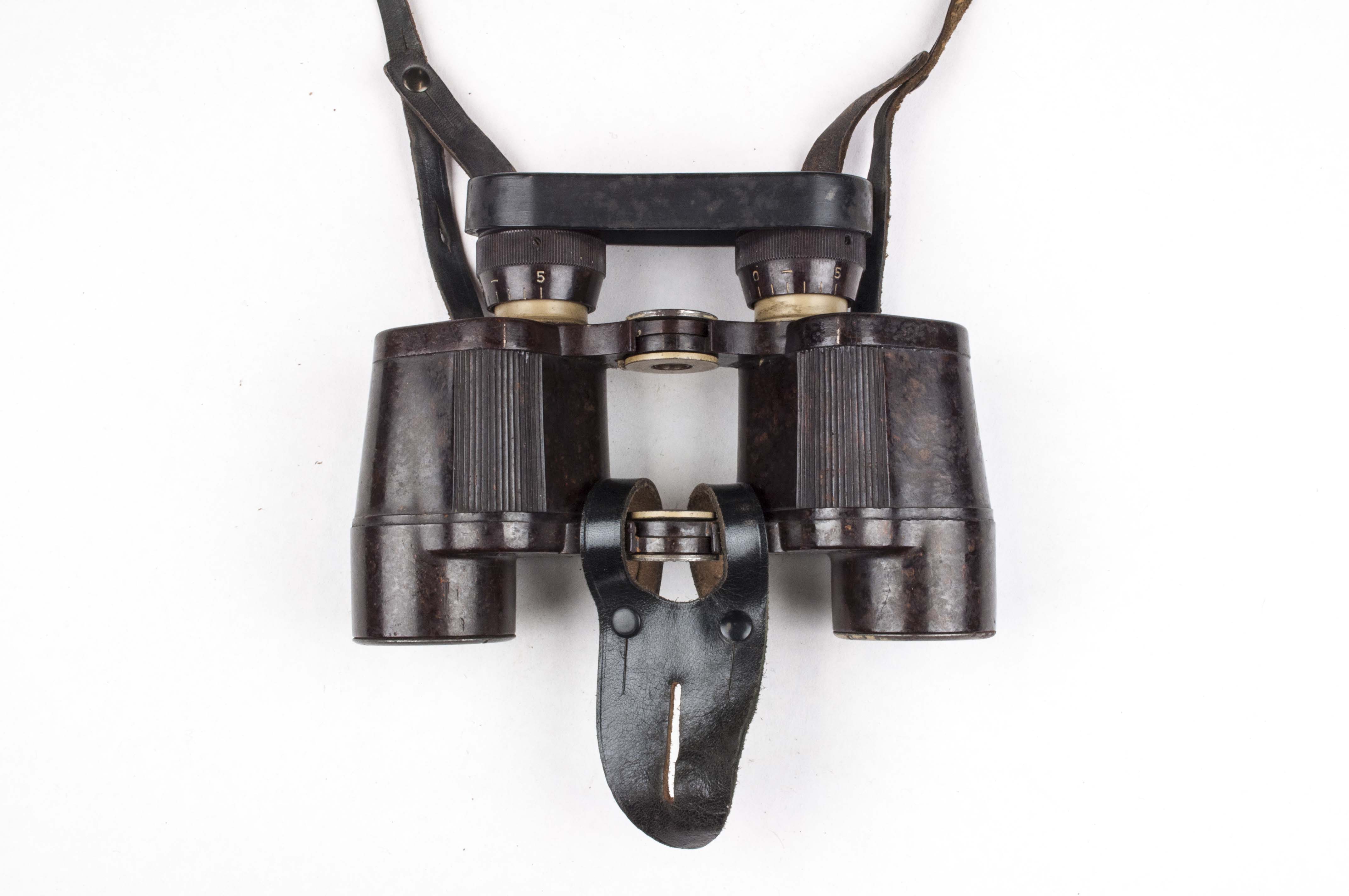Esbit Modell 9 – Stuttgart W.
The name ESBIT is short for Erich Schumms Brennstoff in Tablettenform which translates to Erich Schumms fuel tablets. The main component in these tablets was hexamine, a fuel invented by which was discovered by Aleksandr Butlerov in 1859.
These tablets in the accompanying stoves where a popular way of heating food in the German army during world war two. The Esbit firm was founded in 1933 and three years later the first tablets where sold. In stead of many other ways of heating rations the fuel tablets have a few advantages, they burn on a high temperature, smokeless and don’t liquify whilst burning.
The Esbit fuel tablet stove is made out of zinc-coated steel and consists of three main parts. The bottom part or Tablettenauflage which serves as a bottom where the fuel tablet rests on. This part is embossed with TABLETTENAUFLAGE – Hersteller ERICH SCHUMM – Esbit Brennstoff-fabrik Stuttgart-W. The other two parts are serve two goals, closing off the top of the Esbit and hinge upwards supporting the pot or messkit when in use. These two pieces can be set in different positions to open up the stove in semi or completely open. These pieces are embossed with the ESBIT logo and a simple pictorial on how to use the stove. Also it is marked KOCHER Mod. 9. Ges. Gesch. (Gesetzlich Geschutzt, the German equivalent of trademark, copyright or patent). Also it is marked with HIER KLAPPEN which indicates where to open the stove.
The Esbit fuel is packed in a cardboard box which fits neatly inside the stove when not in use. In the box are two large tablets with multiple notches to break up in portions. The fuel is very efficient and burns smokeless with a high temperature.
The Esbit stoves are made at two different factories. The early during world war two manufacture was done in Stuttgart West (marked Stuttg. W.) until 1943. Somewhere in 1943 the Esbit factory continued production in Murrhardt Württ (marked Murrhardt / Württ).
Esbit continued their production postwar and is still in production today. The postwar variant is embossed D.R.P. & ausl. Patente. on the bottom part and lacks KOCHER Mod. 9 – HIER KLAPPEN. The main difference with these postwar stoves is the “teeth” that overlap in the two closing parts and the holes to allow airflow in the bottom part. Even though these are marked D.R.P. these are made postwar. The use of the D.R.P. continued after the war until somewhere in the 1970’s. Sometimes these postwar stoves are even marked with BUND for Bundeswehr or simply a NSN or Nato stock number.

























